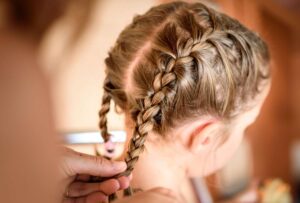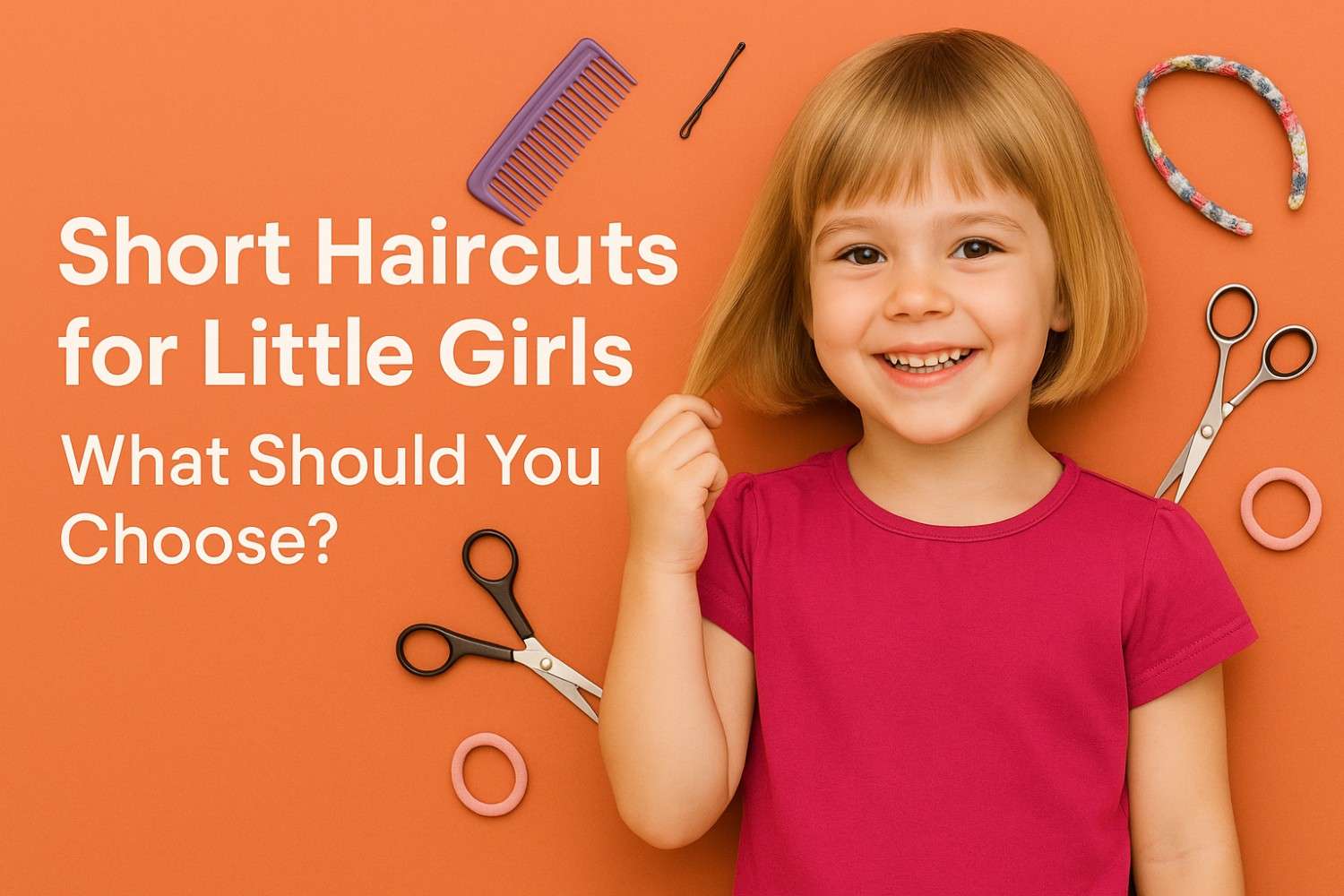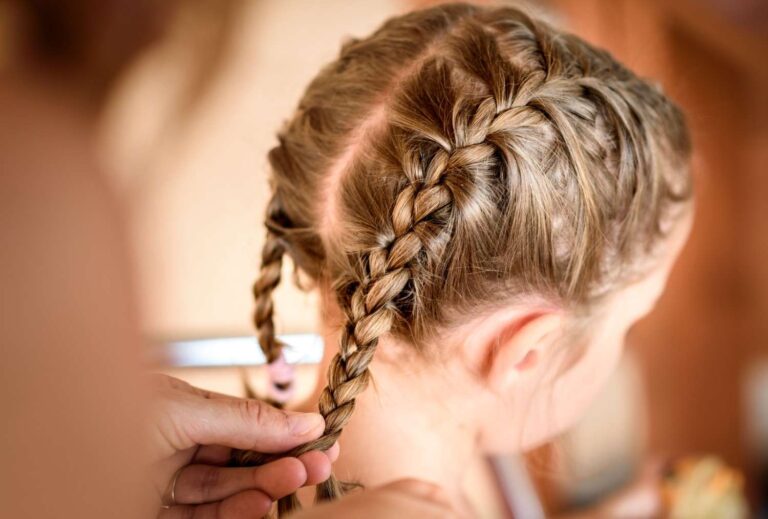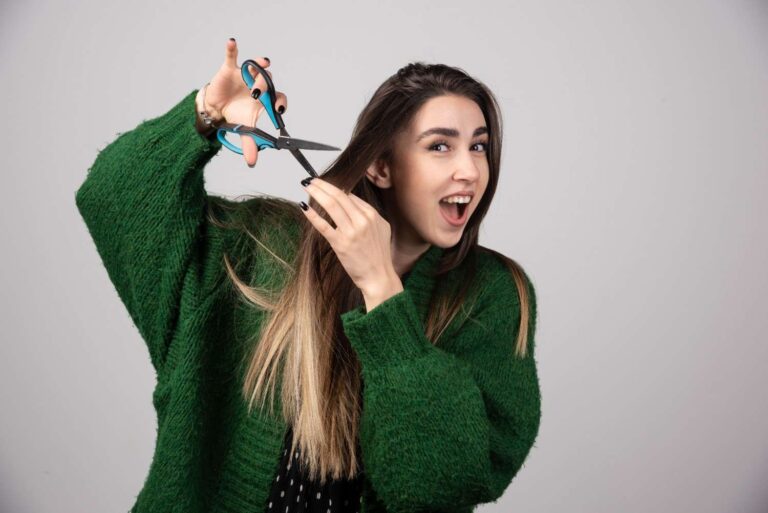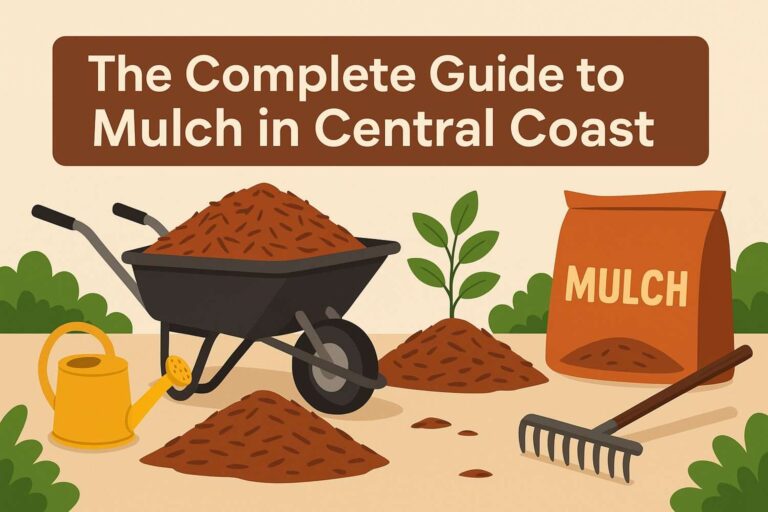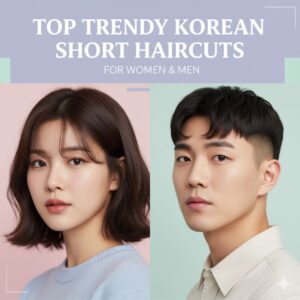If you’ve ever watched your kid sprint out the door with a headband in one hand and a tangle in the other, you know the magic of a low-maintenance cut. Short haircuts for little girls simplify mornings, trim detangling time, and still look adorable in photos and on the playground. Recent celeb-led bob and pixie waves prove cropped styles are trending and versatile—great inspo to bring to your stylist.
Why pick short hair for kids in the first place?
Short cuts are practical. Fewer knots, faster wash days, and less product mean an easier routine for you and more comfort for your child. Many parents find a bob or pixie dries quickly, resists tangling during play, and needs just a dab of leave-in to behave. Parents’ magazines also highlight how classic pixies and crops are easy to style across textures—handy when you’re racing to school or soccer.
Short hair can also boost confidence. A well-shaped cut frames the face and lets kids feel stylish without complicated styling tools. With trends like the blunt or “Parisian” bob back in the spotlight, you’ll find looks that grow out gracefully between trims.
Which short haircuts for little girls are trending now?
The Classic Bob
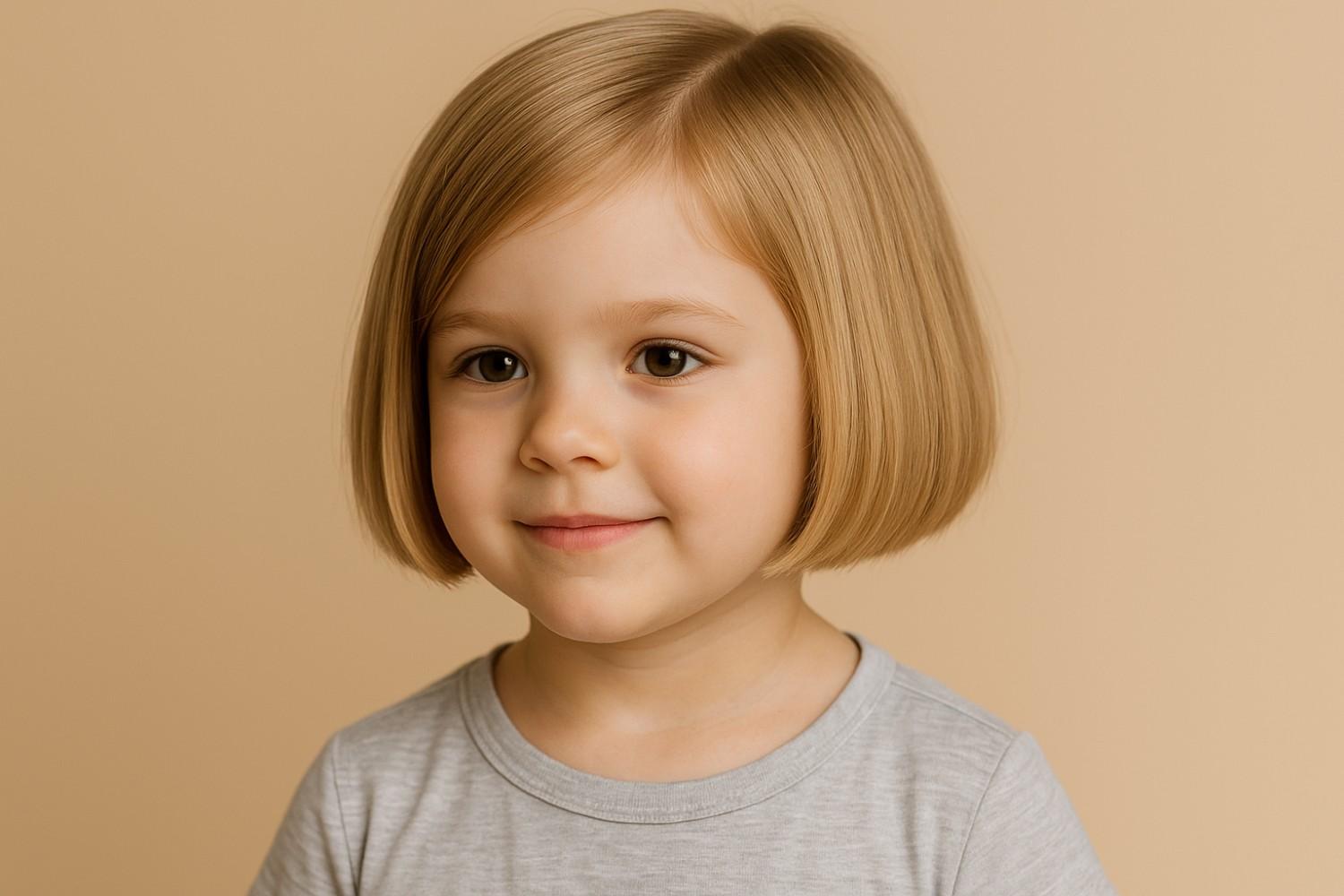
Chin-length or slightly below, the bob is a timeless favorite. Ask for soft, blunt ends or subtle graduation for swing. It works straight or wavy and pairs well with simple accessories like snap clips or a fabric headband. Editors routinely feature girl-friendly bobs because they style fast and hold shape.
The Pixie (with Soft Fringe)
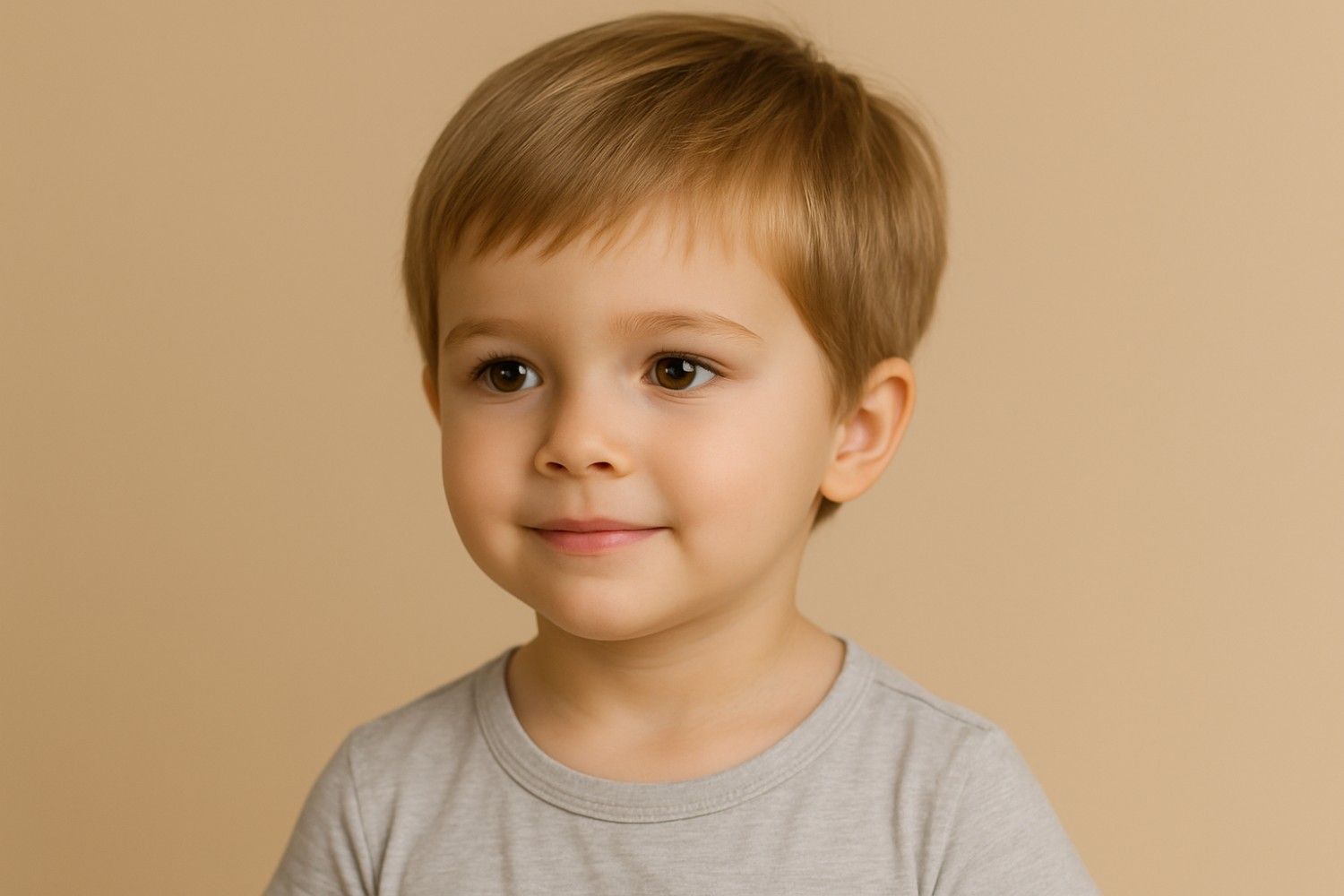
A pixie with wispy bangs is cute, sporty, and photo-ready with minimal effort. Keep the nape neat and the top slightly longer for flexibility—smooth it down for school, add a bit of texture cream for playdates. Mainstream style guides continue to call the pixie “short and sweet” for kids.
Curly Bob
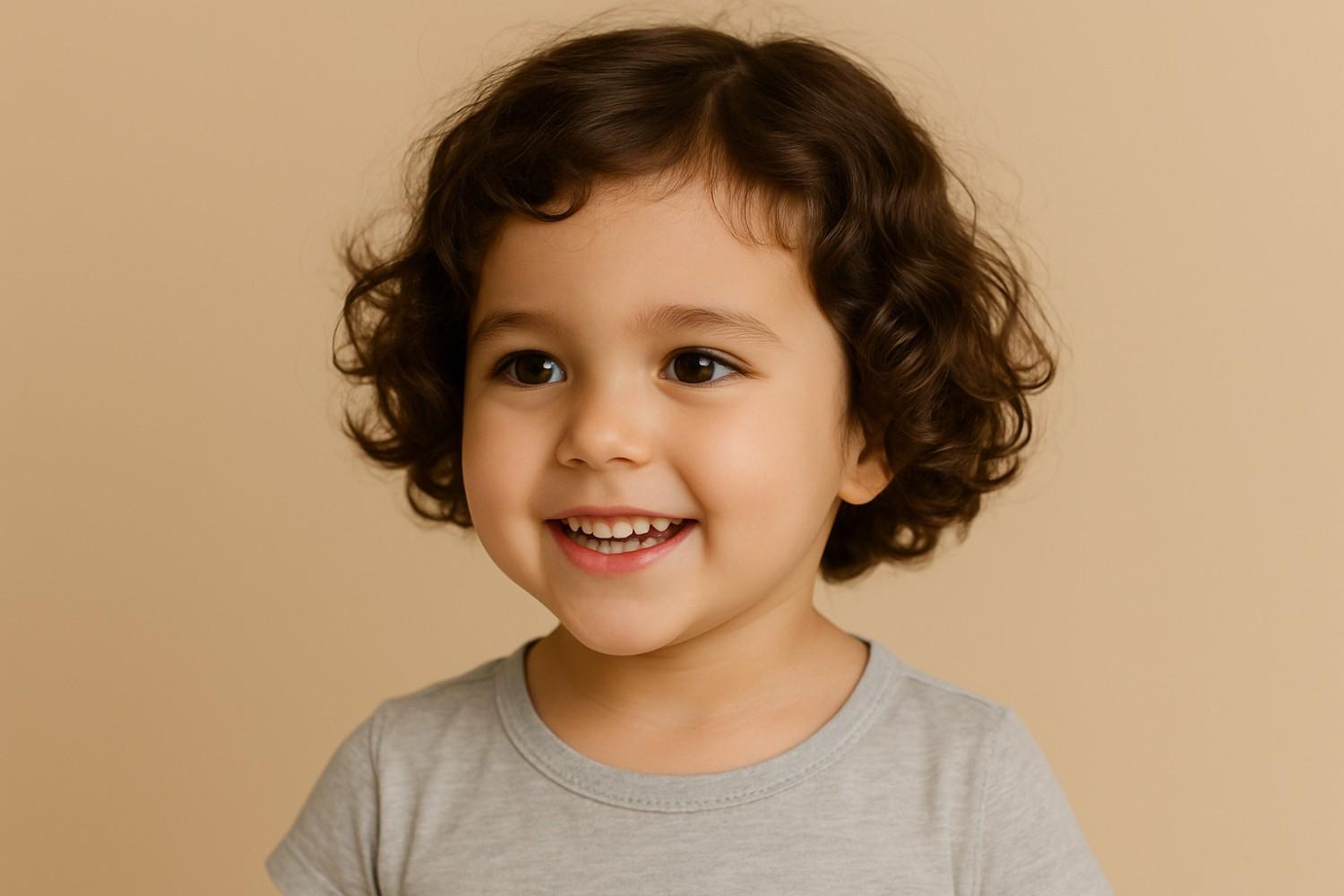
For ringlets or coils, a layered bob removes bulk while keeping bounce. Ask your stylist for long layers that preserve curl pattern and avoid triangle-shape. A pea-size amount of conditioner or curl cream post-wash helps curls clump and shine. (More maintenance tips below.)
A-Line or Angled Bob
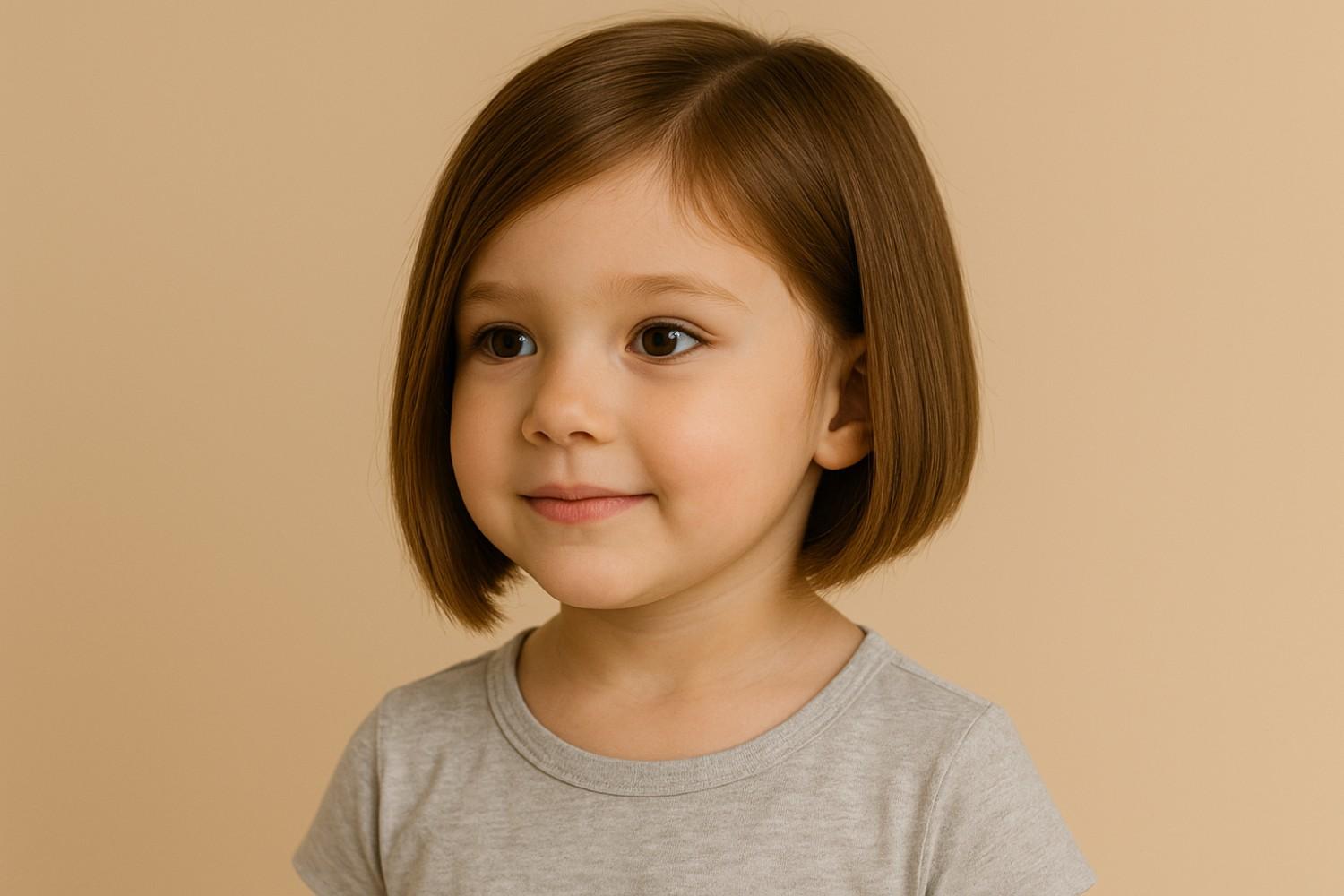
Slightly shorter in back and longer in front, the A-line bob adds shape without feeling “grown-up.” It’s a popular blogger pick because it looks polished straight and lively with waves—ideal for picture day and playground days alike.
Short Shag/“Swishy” Bob
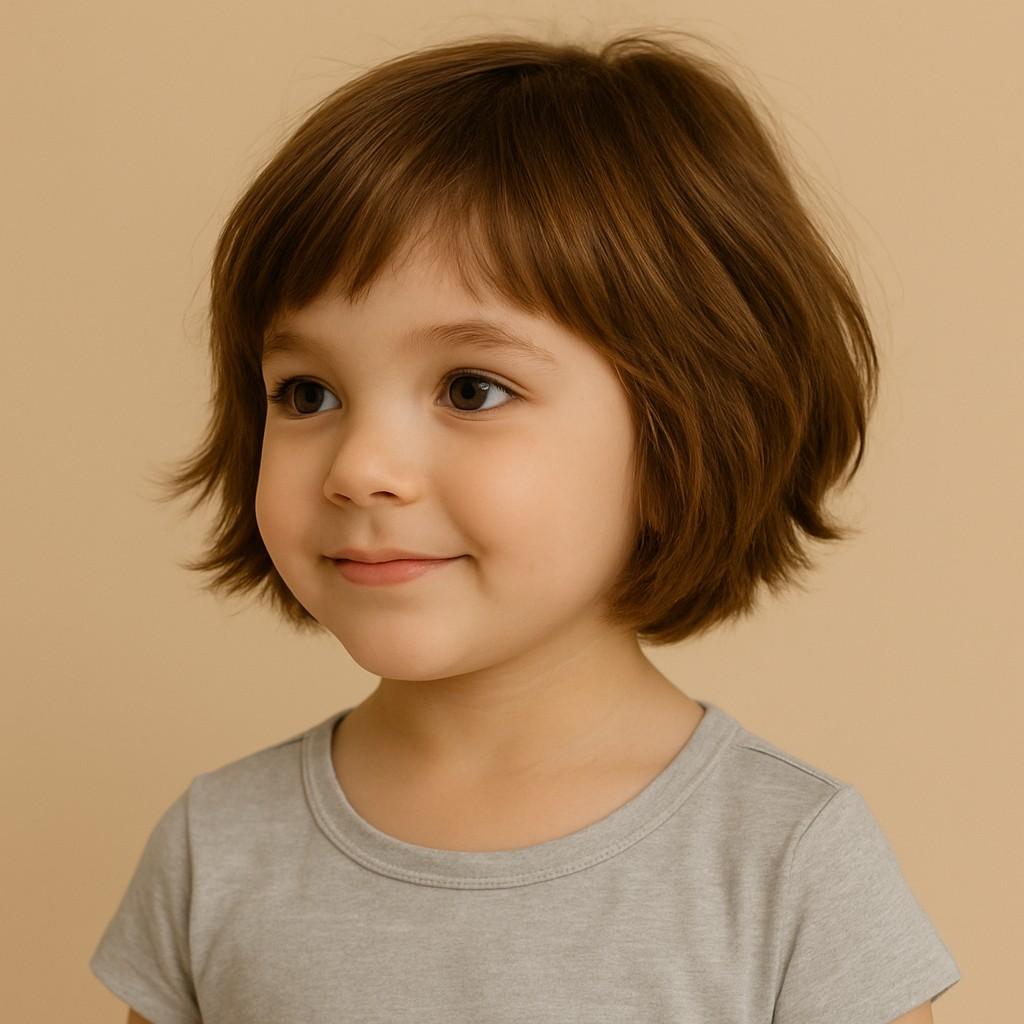
A shaggy bob with light, face-framing layers gives movement and hides cowlicks. It’s especially forgiving if you prefer to stretch trims; the shape softens as it grows. Trend roundups highlight these layered, easy styles for busy families.
How do I choose the right cut for my child’s hair type and face shape?
Start with texture. Straight hair loves blunt bobs or soft A-lines that hold a clean outline. Wavy hair shines with light layers for movement. Curly and coily textures benefit from strategic layering to prevent puffiness at the ends and to keep curls defined.
Face shape matters, too. If your child has a wider forehead and narrower chin (heart-shaped), a side-swept fringe can balance proportions. For round faces, gentle length in the front of a bob can elongate. The idea is balance, not rules—bring photos and ask the stylist to tailor the shape to your child’s features.
How do you maintain and style short haircuts for little girls at home?
Keep a light routine. Most kids do well washing 2–3 times a week with a gentle shampoo and regular conditioner; over-washing can cause dryness and frizz. A wide-tooth comb from ends to roots while hair is damp minimizes breakage and tears. Silk or satin pillowcases help reduce tangles overnight.
Book trims on a predictable cadence. Many salon guides suggest scheduling when ends look fuzzy, the fringe hits the eyes, or the shape stops holding—typically every 6–10 weeks depending on hair type and style. Making it routine keeps salon visits stress-free.
Create a kid-friendly styling station. Keep a detangling spray, soft brush, and a couple of clips within reach. Turn styling time into a positive ritual (music, a favorite story), and work gently from ends upward—techniques parents swear by for happier mornings.
What are the best accessories and products for short styles?
Think soft and simple: snag-free elastics, fabric headbands, and light leave-ins. For pixies, a touch of lightweight cream can tame flyaways without stiffness. For curls, a small dollop of conditioner or curl-defining lotion after washing helps maintain shape and shine—no heavy gels needed for everyday wear.
Frequently Asked Questions
1. How often should I trim a short bob or pixie?
Every 6–10 weeks is common, but watch the signs: bangs in the eyes, a bulky nape, or a shape that won’t brush into place. Curly cuts can stretch slightly longer; very sharp pixies may need appointments on the earlier side to stay crisp. A consistent schedule keeps mornings easy.
2. What’s a good short cut for thick, wavy hair?
An A-line bob with soft internal layering is a great start. It removes bulk at the back, frames the face in front, and styles quickly air-dried or lightly blown out. Layered bobs are frequently recommended for movement without the “triangle” effect. Bring inspo photos to fine-tune length.
3. My child has a sensitive scalp—how can I make detangling painless?
Detangle on damp hair with conditioner or a kid-safe leave-in. Start from the ends, work upward, and use a wide-tooth comb before a soft brush. Build a calming routine—music, a short story, or deep breaths—to reduce tension and tugging. Parents report this approach transforms the process.
4. Are pixies high maintenance on kids?
Not necessarily. Daily styling is fast (a quick smooth-down or a touch of texture cream), but very short crops may need more frequent shape-ups. If you prefer fewer salon trips, a slightly longer pixie or a tidy bob offers a nice balance of neatness and longevity. Trend coverage shows pixies remain popular and adaptable.
The Short Story (And Why It Works)
Short haircuts for little girls win because they blend cute, clean lines with real-life practicality. Whether you pick a classic bob, a breezy shag, or a confident pixie, you’ll get quicker wash days and smoother school mornings. Bookmark a few reference photos, chat through texture and face shape, and schedule trims before the shape fades. With the right routine and a couple of kid-friendly products, your child’s short cut will stay comfortable, confidence-boosting, and camera-ready.
Bottom line: If you’re weighing styles, start with the tried-and-true—because short haircuts for little girls are popular for good reason, and they’re about to make your mornings a lot easier.




